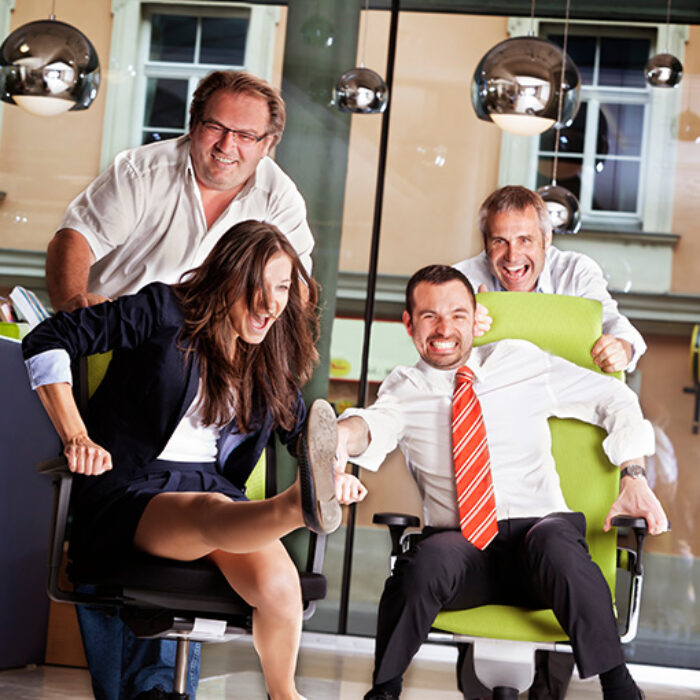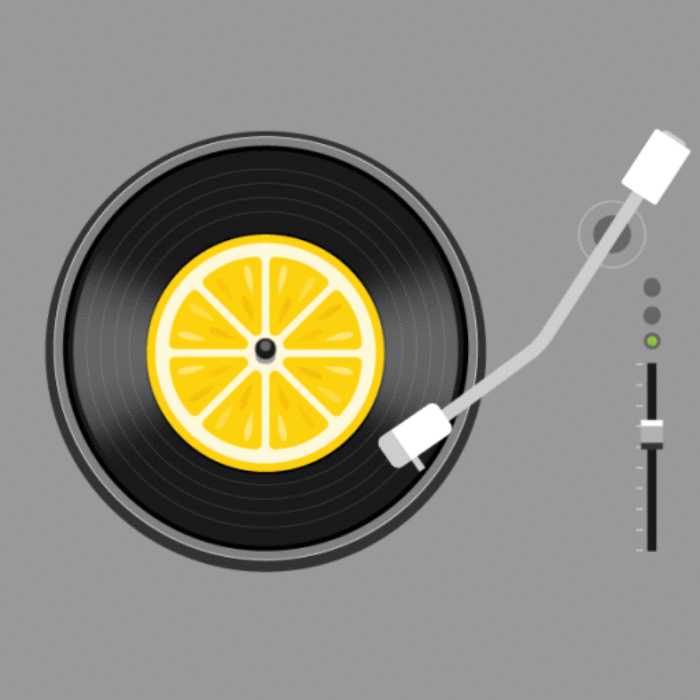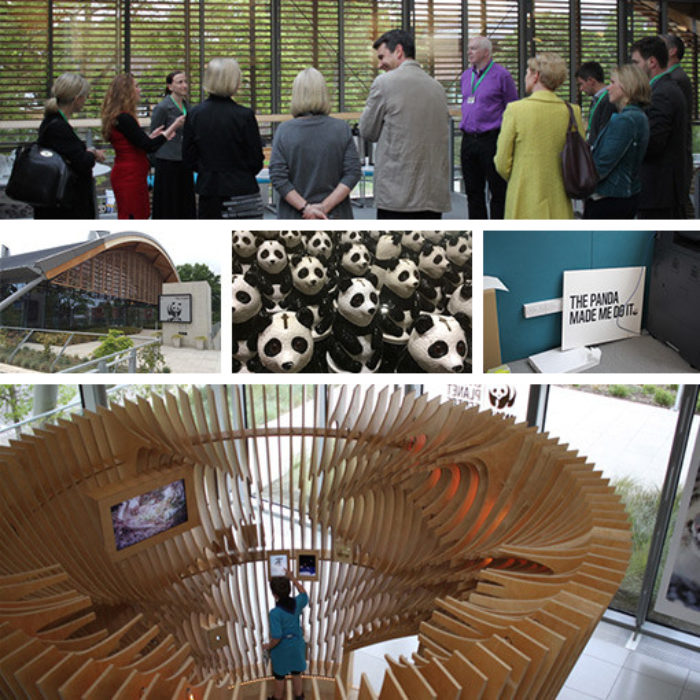Creating the workplace of the future
Creating the workplace of the future
Over the last three months we’ve held roundtables for around 50 companies on the topic of ‘reinventing the workplace’. A number of key themes emerged.
First, there are two statistics that occurred repeatedly. People who are engaging colleagues on the subject found that around 90% want to continue to do some work from home following the pandemic. And the balance they’re seeking is around 60% (three days a week) from home.
Second, culture change has accelerated. Organisations have achieved five-year culture change targets in only the last five months. The big challenge now is to define, hold on to and build on those achievements. As a side note, we’ve created a draft list of new preferred behaviours for employees that support culture change, which is available on request (please email elaine.smith@corporateculture.co.uk for more info).
Third, the nature of the workplace needs to change in significant ways if it’s going to attract people back in. Workplaces need to be more social, and they need to be more ‘magnetic’.
The purpose of the workplace
Zoom and other video calling platforms have recently transformed homeworking. The number of Zoom meeting participants went up from 10m a day in December 2019 to 300m a day by April 2020. But wall-to-wall video calls are not what homeworking should be about. Home should be the default option for work that involves quiet and concentration.
In which case what is the workplace for? It is central to building social capital. Which requires four things: conversation, collaboration, exploration and social contact. Conversation is the unit of communications flow. Collaboration involves managing projects and innovating. Exploration involves social learning. Social contact creates personal bonds.
And you can’t build strong social capital over a video platform. Think of it as an equation:
Shared experience (like eating together, swapping stories, playing and learning)… PLUS non-verbal communications (involving all the senses)…PLUS weak connections with acquaintances or people you barely know (around 10 to 15 a day)…EQUALS social capital.
And social capital buys you connections, ideas, learning, wellbeing, emotional support, practical help and a sense of belonging. That’s what the workplace is for.
Re-imagining the future
What then might the future workplace look like? It won’t look like the uniform workplace that has dominated the office for the last 100 years – a dull reception area, a series of cubes that all look the same, and characterless meeting rooms. We are about to see an explosion of difference. And the difference begins with putting people before the property they work in. Software before hardware.
There will be as many different kinds of office as there are different kinds of home. And the home is a useful place to start in helping re-imagine the office.
For conversation, consider the lounge or the kitchen or the garden. Post-pandemic there will be bigger cafeterias with a greater selection of food and drink, more places to sit comfortably and chat, and outside spaces in natural environments.
For collaboration, think the dining room or your ideal home office. Lay ideas out on a big table. Have stimulus from multiple sources. Find ways of creating space to visualise possibilities. Space is the key. Space to think involves physical space, not cramped meeting rooms.
Of course, organisations might consider saving money by freeing up space. But perhaps that extra space can be used in other ways, such as breaking down the barriers between you and your customers. After the last recession, for example, Royal Bank of Scotland re-purposed its executive suites to become onsite customer offices.
You can also create spaces for concentrated work. This goes beyond just coming in to sit at your computer. Instead, create a special area, more like a library. If you work there you are sending a message: ‘I’ve got research to do or a report to write or a presentation to create. Try not to interrupt please.’
For exploration, think of your favourite cultural venues or a dynamic retail space where you have a shared experience with others. Opportunities to cook together, or explore new music, or play an instrument to each other. An organisation is the sum of its talents. Why hold that back?
And don’t force social contact. It happens when people are given the freedom to create their own networks, to learn from each other or share their interests. Good ideas spread informally – you are an enabler not an organiser. For more on this check out the work of MIT professor Alex Pentland, who provides insight on the power of what he calls social physics.
This is a liminal space – a transitional time and place where we can make anything happen. We just need to get out of our own way and allow our character to emerge. As Polonius said ‘to thine own self be true’.
The unacceptable alternative is that we don’t grasp this opportunity, but follow the status quo and return to normal, grim conformity.



